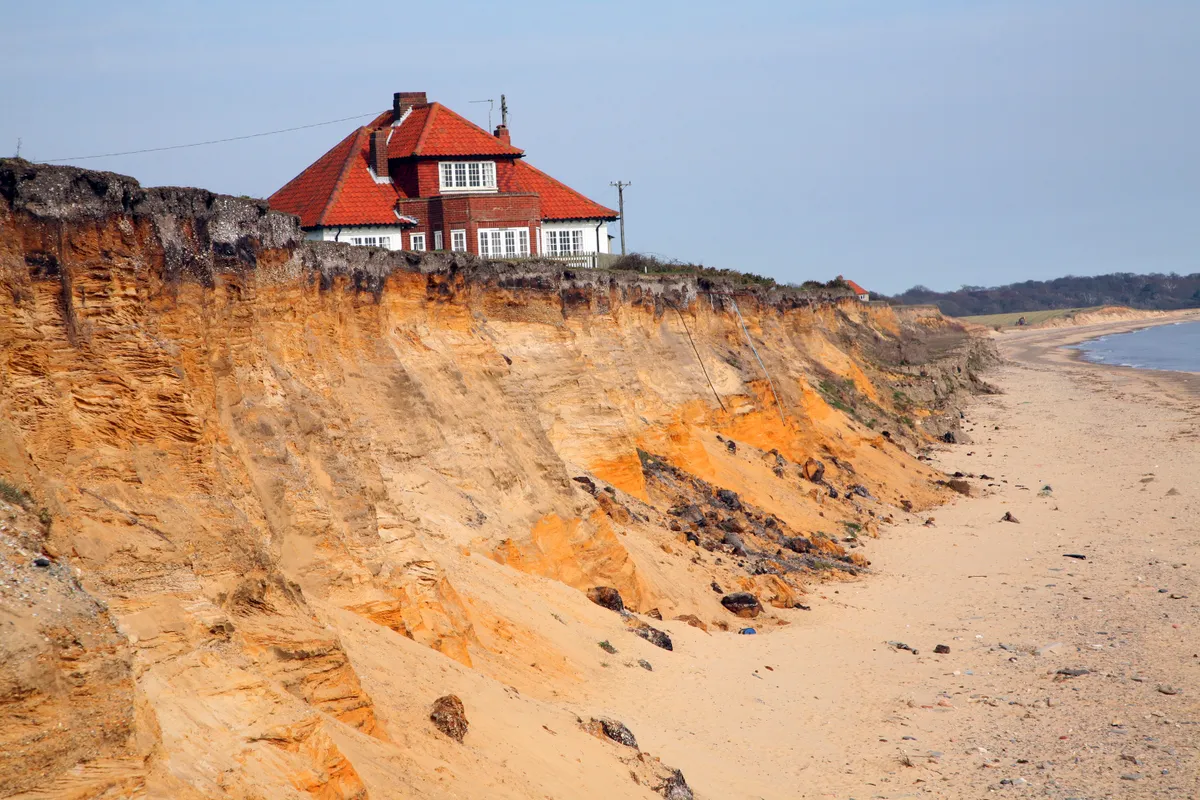We take a look at the UK's abandoned coastal villages, with a look at the history and location of each.
1
Kenfig
Encroaching sand swallowed up Kenfig, between Bridgend and Port Talbot on the South Wales coast, in the 14th and 15th centuries. The village was once a small Roman settlement, with a fort that has been suggested to be the “lost fort” between Cardiff and Neath, and there is some evidence that the area was home to some Vikings at some point.
You’d be hard pressed to spot it now, but there used to be a thriving port at Kenfig. The sand was a constant problem throughout the 14th century, and with the Black Death outbreak, time was almost up for the village. On his visit to Kenfig in 1538, John Leland wrote about the “little village […] and castle, both in ruin, almost choked and devoured by the sands.”
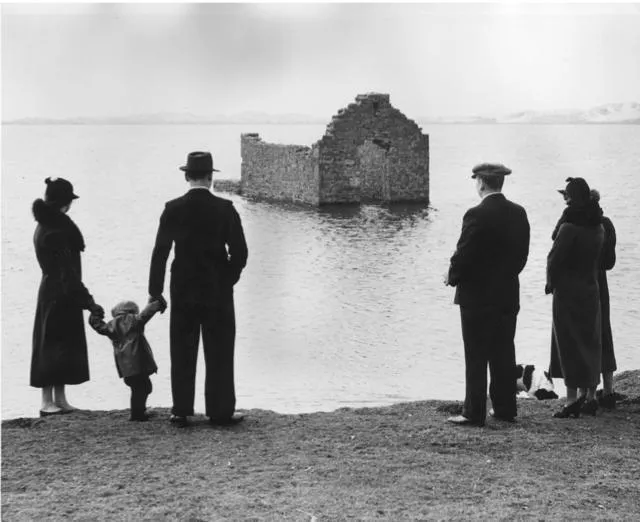
More related content:
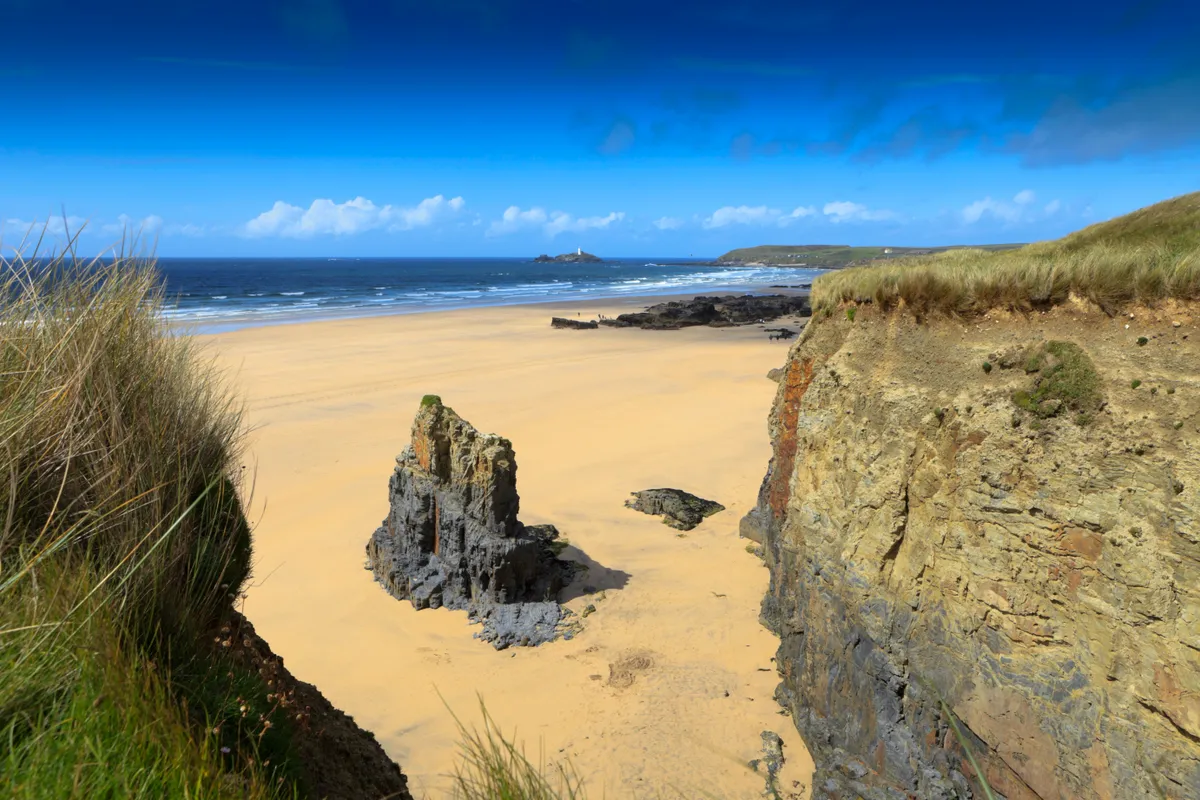
2
Dunwich
The village of Dunwich still stands a few miles from Southwold, on the Suffolk coast, but it used to be a much larger town. In the 11th century, it had a large port, a naval base, two seats in parliament and one-sixth of the population of London.
Unfortunately, the coastline in which it stands is one of the fastest eroding in Europe. Couple this with a storm surge in 1286, and two ‘great storms’ the following year, and the decline was sealed.
Dunwich is now home to fewer than 200 people, with just a couple of amenities and a pub. Many of the original buildings were pulled over a cliff, and now rest up to ten metres below the waterline. Despite this, some are still identifiable.
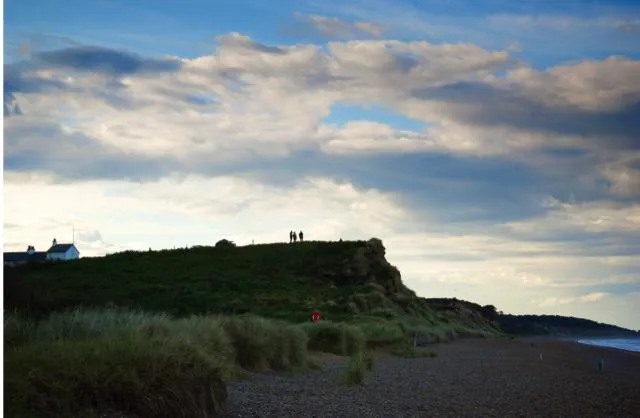
3
Hallsands
Quite a famous example of an abandoned coastal village is Hallsands, south Devon. At the turn of the 20th century, it was the home of around 160 people and a small fishing community, but by 1917, only one house was habitable.
To accommodate the proposed expansion of a dockyard near Plymouth, dredging of Hallsands’ beach started in the 1890s, and almost immediately, the beach level dropped. The beach had protected the village from all but the worst storms, and with much of the sand gone, Hallsands became very vulnerable to storm force wind and waves.
The remnants of the beachside village are not open to the public, but a viewing platform was built up on the hill overlooking Hallsands.

4
Rattray
Much like Dunwich, the Aberdeenshire village of Rattray lost the battle against shifting sands. A storm in the 18th century covered the village in sand from nearby Rattray Head.
Before that, Mary, Queen of Scots in 1563, had named Rattray a Royal Burgh, and it is thought that the village had been occupied a further five thousand years previously. Nowadays, there is a very small village at Rattray, just off the A90, a couple of miles further inland than the old settlement.
5
Binnend
The abandonment of Binnend, near Fife, was not the result of coastal erosion, but due to industry. The village was built in the 1880s to house the people who worked at the nearby shale oil extraction works.
Binnend comprised of just 128 homes, but had a population of more than 750, so many of the houses were horribly overcrowded. Some reports even say that workers had to sleep in the loft rafters.
The extraction works closed after just over a decade, and nearly everyone in the town left very quickly. In current times, the local town of Burntisland has swallowed the village.

6
Tyneham
It could be argued that Tyneham, in the Purbeck region of Dorset, isn’t really abandoned, but in 1943 the whole village population (over 200 people) were displaced and not allowed to return.
In the run up to Christmas of that year, the village was commandeered by the War Office (now the Ministry of Defence) for use as a training range for soldiers, and in 1948 it bought the village outright to continue army exercises.
Despite being a military training area, the area has flourished with wildlife, as the land has not been subject to farming or development. There are numerous footpaths through the village that are open when the firing range isn’t being used, although some of the original buildings have become derelict or have been damaged from as a result of shelling.
7
Eccles
Coastal flooding and erosion had destroyed most of the Norfolk village of Eccles by the turn of the 17th century. After a serious flood in 1604, the village was left with just fourteen houses, and flooding in 1895 destroyed the church tower.
The Norfolk coast is infamous for being one of the fastest eroding coastlines in Europe, because of a mix of soft clay and the battering waves of the North Sea. Along the coast, a number of villages have been abandoned or lost due to the power of the sea. Local records suggest the villages of Clare and Foulness succumbed to erosion in the 15th century, while other villages lost include Ness, Keswick, Newton, Shipden and Waxham Parva.
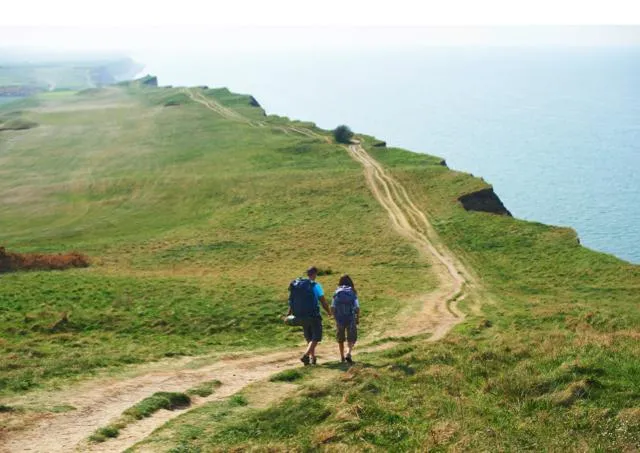
8
Ravenser Odd
Much like the Norfolk villages that were lost to the sea, Ravenser Odd, at the mouth of the Humber, was prone to coastal erosion.
At one time, the town was a thriving seaport, and deemed more important than Hull. Numerous cargo ships and fishing boats called the town home, and at its peak, it was of national importance because of its regular supply of ships to the king. The town was even mentioned by Shakespeare’s character Richard II.
By the middle of the 14th century, Ravenser Odd had been completely destroyed by the sea’s powerful erosion. Reports from 1346 suggest that a large majority of the town had gone, and it was essentially non-existent by the 1360s, having been destroyed by the ferocious Grote Mandrenke storm.
9
Winchelsea
Winchelsea, near Hastings on the East Sussex coast, has been effectively lost not once, but twice. Old Winchelsea was a fairly important town in the 13th century, with trade links to northern France and its wine regions. Records show that there were over 700 houses and a plethora of inns and taverns around this time, suggesting a population of a couple of thousand people.
Throughout the century, the sea was a common problem for the residents of Winchelsea, and in 1287 much of the town was destroyed after a large flood. The town was rebuilt very close to the original location, with a tidal harbour, which was overcome by silt in the 16th century. Interestingly, the town had previously been the subject of French and Spanish raids during the Hundred Years’ War.
In present times, a large part of the village is situated a little bit further inland, on a hillside.

10
Skipsea
Skipsea, on the Holderness coast in East Riding of Yorkshire, is a part of this list because it is likely to soon become lost to the sea. There have been over 30 towns and villages lost along this stretch of coast, including the previously mentioned Ravenser Odd.
Annually, nearly two metres of coastline recedes at Skipsea, and it’s estimated that in the past 10,000 years, an area of land 12 miles wide has been eroded away. Originally, the village of Skipsea was located next to a lake, but it is now a seaside village due to the sheer rate of erosion.
Residents of the village expect another twenty or so houses to disappear in the next few years alone.
Living on a cliff edge: what it’s like to live in Britain’s easternmost house
The tiny hamlet of Easton Bavents in Suffolk is slowly disappearing into the sea. Author and resident of Britain's easternmost house Juliet Blaxland reveals what life is like living on a crumbling cliff edge as coastal erosion creeps closer.
